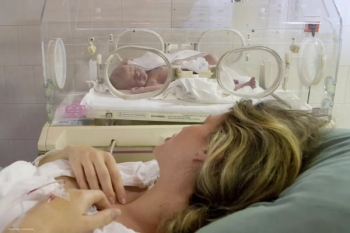
Importance of World Glaucoma Day
Your thoughts on the efficacy of initiatives such as World Glaucoma Day.
Key Points
World Glaucoma Day on March 12th saw huge participation amongst the ophthalmology community across both Europe and the rest of the world and the message from its organisers was clear - the role of the clinician in the early detection of glaucoma cannot be overemphasized. But what did you think?
"Glaucoma is a slowly progressive degeneration of the optic nerves. It is often (but not always) associated with elevated IOP. The vision loss in glaucoma occurs first in the periphery before involving the central vision. Patients are, therefore, unaware of the progressive loss of peripheral vision until the very advanced stages of the disease," said Dr. Ritchie, co-chairman of the World Glaucoma Day Committee of the World Glaucoma Association.
Effective screening for glaucoma includes some additional tests. "Of course, no examination is complete without darkroom gonioscopy to identify angle closure, IOP measurement, and examination of the optic nerves for disc haemorrhage, parapapillary atrophy, nerve fibre layer defects, and the appearance of the neuroretinal rim. Patients with risk factors for glaucoma or a suggestive clinical examination may then undergo the appropriate perimetric testing and imaging of the optic nerve head to assess the extent of disease. Stereoscopic disc photography in patients with glaucoma risk factors is a powerful tool to establish a baseline and detect future pre-perimetric glaucomatous change," noted Dr. Angelilli, a clinical instructor at the New York University Medical Centre.
If you are not already a member of the European ophthalmology community go to
Newsletter
Get the essential updates shaping the future of pharma manufacturing and compliance—subscribe today to Pharmaceutical Technology and never miss a breakthrough.













































